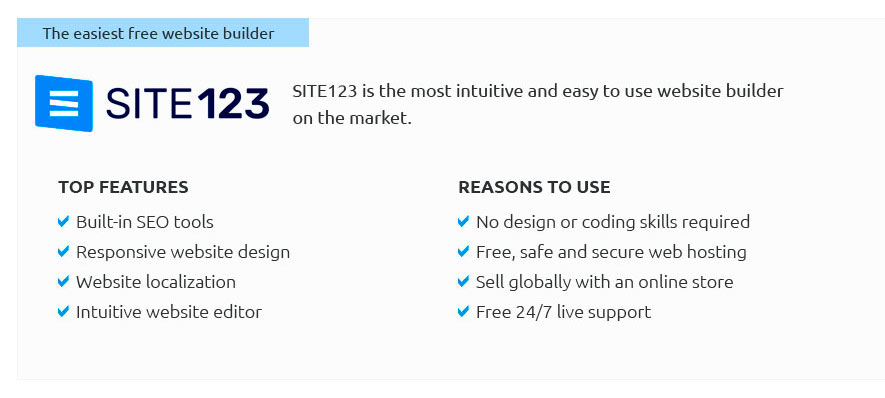 |
 |
 |
 |
|
 |
 |
 |
|
 |
|
 |
 |
|
 |
|
 |
|
 |
 |
The Art and Science of Crafting Your Own WebsiteIn an era where digital presence is synonymous with existence itself, the concept of a 'Do It Yourself' (DIY) website has gained remarkable traction. The allure of building a personal or business website without the daunting need for coding skills appeals to many. The democratization of website creation is not just a trend; it’s a revolution, and understanding the best practices can make a significant difference in your online journey. Creating a DIY website involves several crucial steps, each as important as the last. To begin with, selecting the right website builder is paramount. Platforms such as Wix, Squarespace, and WordPress offer diverse features tailored for beginners and experienced users alike. Each platform has its unique strengths; for instance, WordPress is renowned for its flexibility and vast plugin library, whereas Wix is celebrated for its intuitive drag-and-drop interface. Choosing the right platform requires a clear understanding of your specific needs and goals. Once the platform is chosen, the next step is to select a domain name. This is not just a web address; it’s your digital identity. A memorable and relevant domain name can enhance your brand's recall value significantly. It’s advisable to keep it short, avoid numbers and hyphens, and opt for a .com extension if possible. The process of finding an ideal domain might seem simple, yet it often requires creativity and patience. Design is another pivotal element in the DIY website creation process. Here, aesthetics meet functionality. A well-designed website is not only visually appealing but also user-friendly. Employing a minimalist approach can be beneficial, ensuring that the site is not cluttered and navigation remains seamless. Utilizing consistent color schemes, fonts, and high-quality images can enhance the overall user experience. It’s crucial to remember that the website must be mobile-responsive as a significant portion of web traffic comes from mobile devices. Content, often considered the king, plays a critical role in the success of a website. Crafting compelling content that resonates with your target audience is essential. Whether it’s blogs, product descriptions, or informational pages, clarity and engagement are key. Incorporating SEO best practices is equally important to ensure that your website is discoverable. This involves using relevant keywords, optimizing meta tags, and ensuring fast loading times. After building and designing your site, the launch phase is a moment of triumph, yet it's only the beginning. Regular updates and maintenance are crucial to keep the website relevant and functional. This includes monitoring performance, updating content, and enhancing security features. Engaging with analytics can provide valuable insights into visitor behavior, helping refine and improve the website continually.
In conclusion, while the journey of creating a DIY website might seem daunting at first, with the right approach and dedication, it can be a highly rewarding experience. It empowers individuals and businesses to express themselves and connect with a global audience. The tools are available, the platforms are accessible, and the possibilities are endless. Embarking on this digital venture with informed decisions and creativity can lead to not only a successful website but also a fulfilling personal achievement. https://www.doityourself.com/
Do it yourself home improvement and diy repair at Doityourself.com. Includes home improvement projects, home repair, kitchen remodeling, plumbing, ... https://www.instructables.com/
Instructables is a community for people who like to make things. Come explore, share, and make your next project with us! https://www.squarespace.com/
Choose a template and start a free trial. - Get a free custom domain name for the first year of an annual website plan. - Use our website builder to add your own ...
|